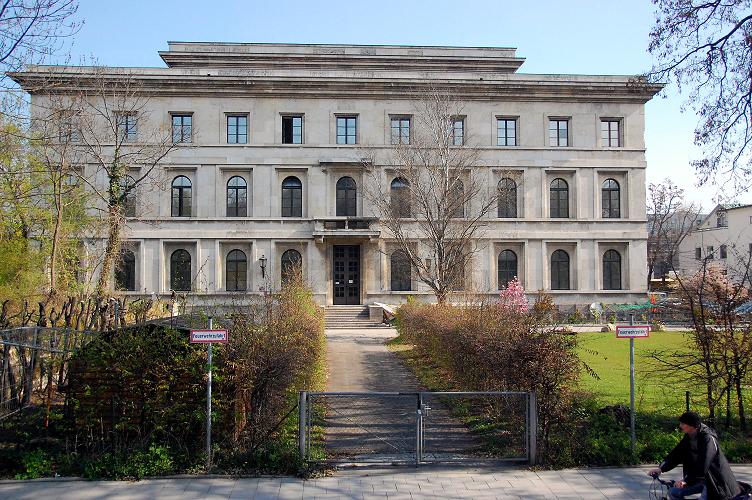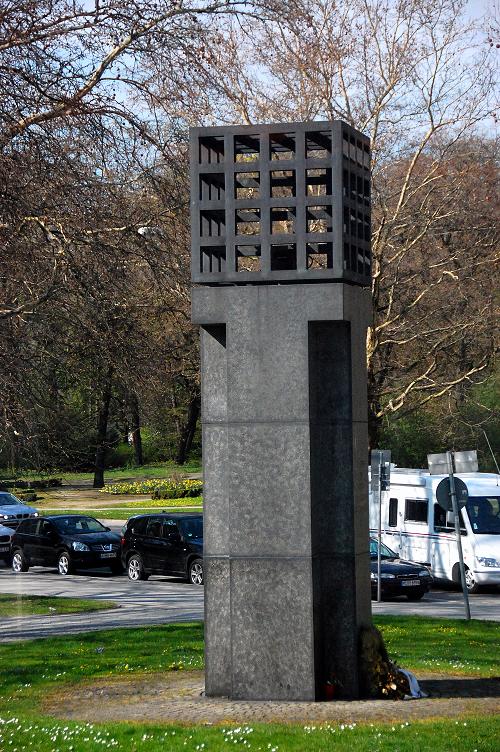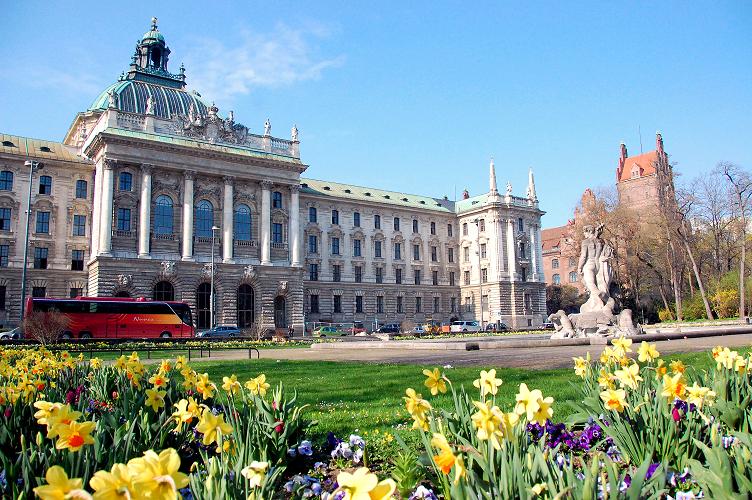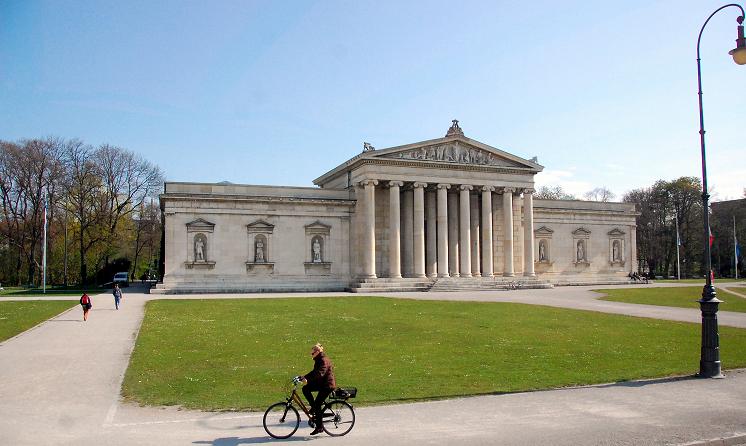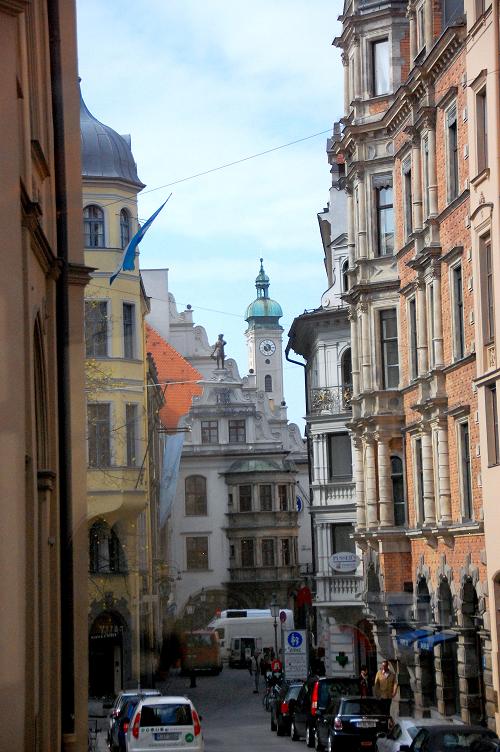Following the volcanic eruption in Iceland, I found myself stranded in Europe on Israel Memorial Day. Along with tens of thousands of other Israelis waiting in airports across the ash-clouded continent, I had the strong desire to get back home, in time at least to celebrate Israel’s Independence Day.
My journey first began at the railway station at the Hague in Holland, where I had been recently visiting at the Israeli Embassy and Parliament House and contacting key people during a Sderot awareness campaign set to counter the Gaza narrative, the topping of the Palestinian public relations campaign.
The eve of Israel Memorial Day for me this year began in Amsterdam, on a night train to Munich, traveling on the same railroad tracks that the Jews of Holland traveled to their deaths 65 years ago. At 9 am, the train arrived to Munich, where I had a three-hour standby until the next train departed to Verona, Italy.
As a veteran traveler, I did not miss the opportunity to visit around the city of Munich. To be in Germany, the country where the design for the destruction of the European Jewry took root, on the same day as Israel’s Memorial Day for fallen soldiers and terror victims, was a deeply strange and ironic experience. I recognized even more strongly the importance of the Israel Defense Forces and all those soldiers who died to secure the state, so that Jews would have a homeland to protect them from the ugly waves of anti-Semitism and violence that had culminated in the Holocaust.Around the same time that the memorial siren went off in Israel, I somehow found myself in front of the building that served as the Nazi headquarters where the signing of the infamous Munich Agreement between Adolph Hitler and Neville Chamberlain had taken place. The attempts for a ceasefire with Germany and the world’s willingness to blindly believe in such a ceasefire, brought to mind events of today. The continued attempts of leading world powers to stop Iran’s building of an atomic bomb either through economic sanctions, international pressure, or diplomatic dialogue strikes an all too familiar chord. The same appeasing approach that was used with Hitler that allowed for the killings of millions including Jews, is a process that the world is repeating yet again–this time with Iran.

The Nazi HQ building where the ‘Munich agreement’ was signed, The Nazi terrorism monument. Photos: Noam Bedein
Indeed the Netherlands Jewry paid a heavy price for the appeasement plan as 90 percent of the Jews were massaccred in Nazi death camps.
I recall the words of Professor Bernard Lewis, one of the most respected post-war historians on Islam and the Middle East today. Lewis compared radical Islam on one side to the Nazism and Communism put together. “Today we [the world] are in a much worse situation than in 1940. Then we knew who are enemies were and who we were…today, however, we do not know who we are or who our enemies are.”This can be attributed to the fact that we live in an age where the term ‘radical Islam’ and jihadists are not deemed politically correct when describing terror acts committed by Muslims. Case and point: the White House administration under President Barak Obama has banned the term ‘radical Islam’ from their lexicon. Pres. Obama’s former mentor and spiritual leader, Rev. Dr. Jermiah Wright has frequently referenced Israel as an apartheid state, calling Israel ” a dirty word.” Terms like ‘terrorists’ and ‘Nazis’ are used freely and unquestionably used by critics and Israel-haters to demonize the Israeli government and the IDF.
Standing in front of the Munich monument to the victims of Nazi terror, in the same city where Palestinian leader, Yasser Arafat’s terrorists murdered 13 Israeli athletes, it is clear that today’s western world does not fully understand the meaning of terrorism.
The obligation to define terrorism in the 21st century is left to us, those Israelis living on the Sderot-Gaza border, who have been subject to the silent terror of constant rocket attacks coming from Gaza, on our families and communities.
Palestinian terrorism uses civilians on both sides of the border to advance the goals of the radical Islamic leadership in control of Gaza. How many political leaders and media networks are actually aware that 97 percent of the rocket attacks from Gaza are launched from within civilian populated areas where Palestinian women and children live, as assessed by the Israeli Air Force?
There is a well-oiled propaganda machine set on diverting the attention of the Israeli public and international community from the real problems that radical Islam has brought to the people of Gaza and the rest of the Middle East region, including a culture of hate and celebration of death. At the same time, this propaganda battle is working to delegitimize the state of Israel’s right to militarily protect its citizens. Thanks to million-dollar public relations campaigns led by left-wing organizations likeB’tselem and Breaking the Silence, irreparable damage has been done to Israel’s image and state of security. One of the most extreme cases was brought to light when IDF soldier, Anat Kam provided left-wing Israeli journalist, Uri Blau with top-secret information which he then used to publish articles in the Ha’aretz newspaper criticizing IDF operations against Palestinian terrorists threatening Israeli civilians.
Munich building. Photo: Noam Bedein
By attempting to de-humanize Israeli soldiers and the Israeli military establishment, human rights organizations and left-wing news media completely overlook the psychological challenges and moral dillemas that IDF soldiers deal with when fighting against terrorists stationed amongst civilians. During Operation Cast Lead, IDF soldiers encountered Hamas soldiers dressed as doctors, paramedics, and even as women. The central headquarters of Hamas officials are located in bunkers beneath the Sheba hospital in the center of Gaza, with the sole purpose of using human civilians and patients as shields. How is a soldier to act in such a situation–when the enemy stores its weapons and fires from within civilian areas like mosques and schools?
Indeed many countries involved with battling terror today have sought the help of IDF to learn to employ methods of battle that will cause the least amount of harm to civilian populations caught under the crossfire of terrorists who take cover in areas where families and children are located. A recent UN report that cited that 5,978 civilians were killed by NATO forces in 2009 because of such terrorist strategies.
Munich buildings. Photo: Noam Bedein
In light of all this, the facts of Israel’s reality needs to come out. We must continue to show the world our support of Israeli soldiers who serve and fight for the only democracy in the Middle East. We must continue to justify our right to live in a country that seeks peace with security with hostile borders and neighbors.
This article is dedicated to the memories of two Israeli soldiers who were killed in Gaza six years ago, Eitan Neuiman z”l, Aviad Deri z”l, graduates of the pre-military academy program that I studied in. They were killed because they did not wish to harm the lives of Palestinian civilians as they were fired upon during a search of weaponry hidden by terror organizations in civilian homes.
What other army in the world would sacrifice its best fighters to avoid harming innocent civilians during battle?As someone who serves in the IDF reserve duty, I know that the depiction of Israeli soldiers as monsters, is a gross distortion of reality. The IDF is probably one of the few armies in the world who sings songs of peace and reconciliation. It is an army whose soldiers are faced with moral dilemmas every day, and yet at the same time are taught to value life of all people above all else. Standing in Munich on such a solem day, only reinforced my belief in the morality of the state of Israel and in our military establishment which has saved countless Israeli lives following the Holocaust.
Noam Bedein is a photojournalist, lecturer and and founder/director of Sderot Media Center: www.SderotMedia.org.il . He has conducted briefings and tours for government officials, diplomats, foreign press, and students from around the world.







